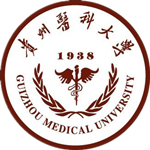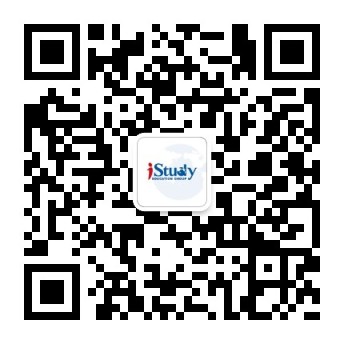School Badge

About Guizhou Medical University
Founded in 1938, Guiyang Medical University (GMU), then National Guiyang Medical College, was the first batch of universities in China to be approved by the Ministry of Education to grant master degree in 1981 and one of the two universities to grant doctoral degrees in Guizhou in 2003. GMU was evaluated as one of the three provincial key universities in 2005. Later,GMU has established post-doctoral research institute in 2010 and was crowned as the sole Medical Doctor degree granting organization.After 75 years of providing education in pharmacy, medical laboratory science, preventive medicine, nursing and clinical medicine,GMU holds18 teaching units: 13 schools , 1 division and 4 departments(School of Basic Medicine, School of Clinical Medicine, School of Pharmacy, School of Public Health, School of Continuing Education, Graduate School, School of Nursing, School of Laboratory Science, School of Imaging, School of Stomatology, School of Sports and Health, School of Medicine and Health Management, School of Medical Humanitarians, Department of Social Science, Department of Anesthesia, Department of Biomedical Engineering, Department of Forensic Science and Department of Foreign Language Education). GMU currently hosts 1 doctoral program covering 7 sub-majors, 1 postdoctoral research institute, 53 master programs, and 33 undergraduate programs. GMU supervises over 5 affiliated hospitals, 7 collaborating hospitals, 1 collaborating clinic medicine school, 23 teaching hospitals and 15 training hospitals.
GMU was renowned for its 4 national tertiary education units, 1 national laboratory teaching exemplary center, 1 national teaching exemplary team, 3 national key secondary education majors, 3 key laboratories approved by the Ministry of Education, 7 provincial key majors, 5 provincial clinical key majors, 1 Ministry of Education approved Development and Application Center of Ethnodrugs, 2 provincial key laboratories, 8 provincial exemplary undergraduate majors, 4 provincial teaching exemplary centers and 2 provincial teaching exemplary teams. Currently, it has an enrollment of over 15000 full time students with the proportion of over 25% master and doctoral program students.
With ever-improving teaching and research competence, GMU enjoyed bigger reputation and influence. In recent years, GMU has hosted more than 10 national academic conferences, established fine cooperation with renowned universities in the U. S., Sweden, Japan and other 9 countries. With a total 170 visits paid by scholars and faculty from these countries and 213 domestic visits came to GMU for international and domestic cooperation. GMU also emphasize on grooming its own talents by sending 400 visits to abroad for international conference and study. With ever-expanding global communication and collaboration, it has enhanced the teaching and research competence of the teaching faculty of GMU. Meanwhile, the university is an active participant of Chun Hui Project proposed by the Ministry of Education, valued research partner of Karolinska Institute of Sweden and NIH of U. S.







